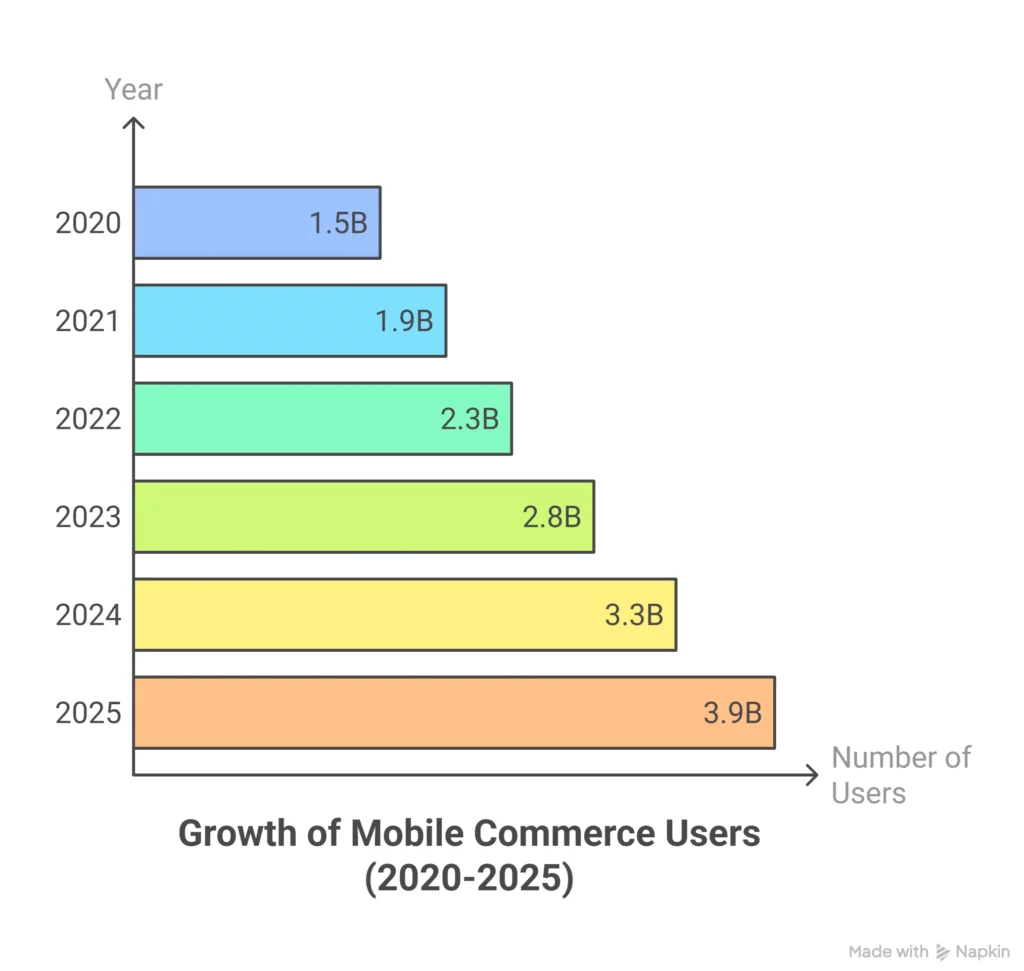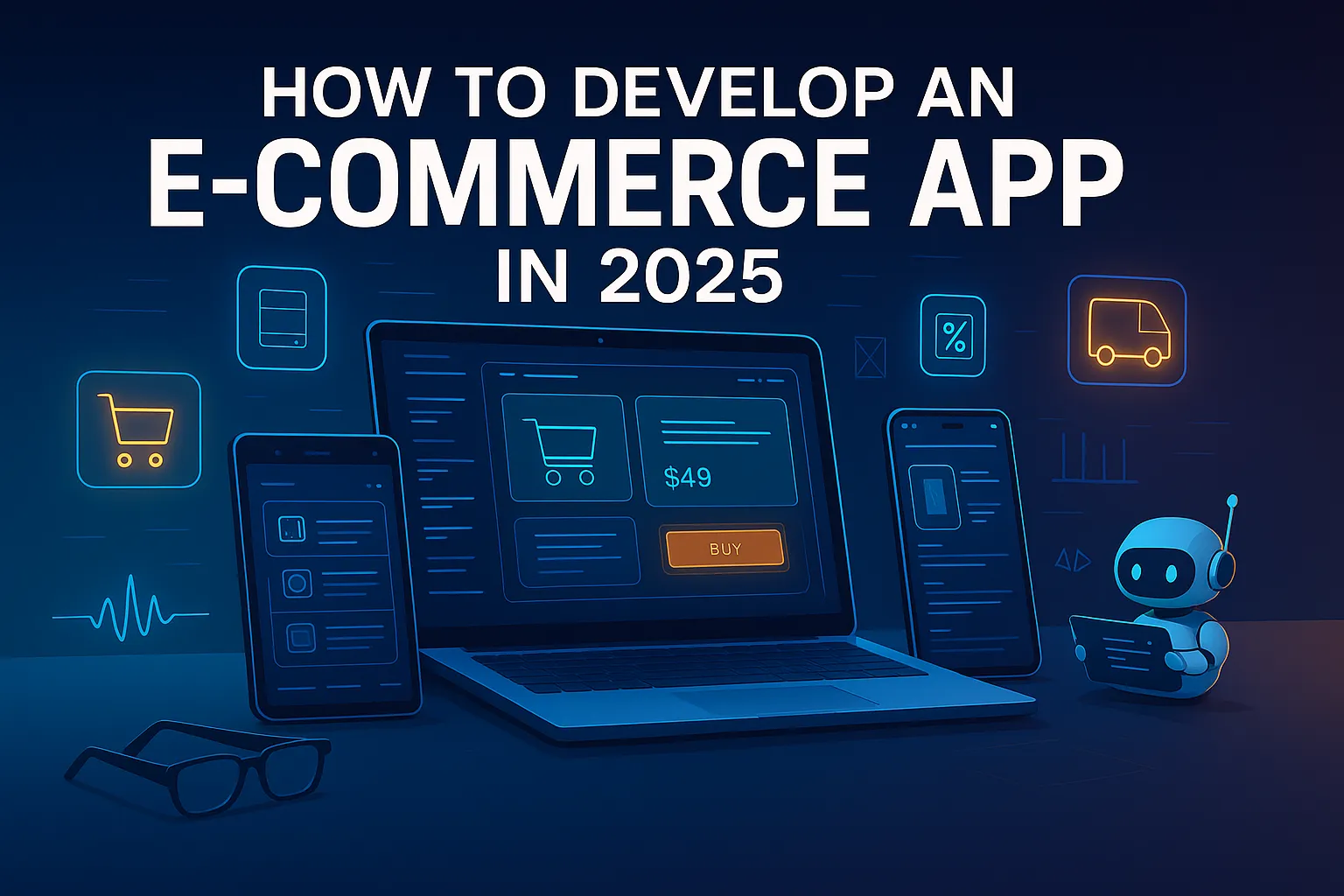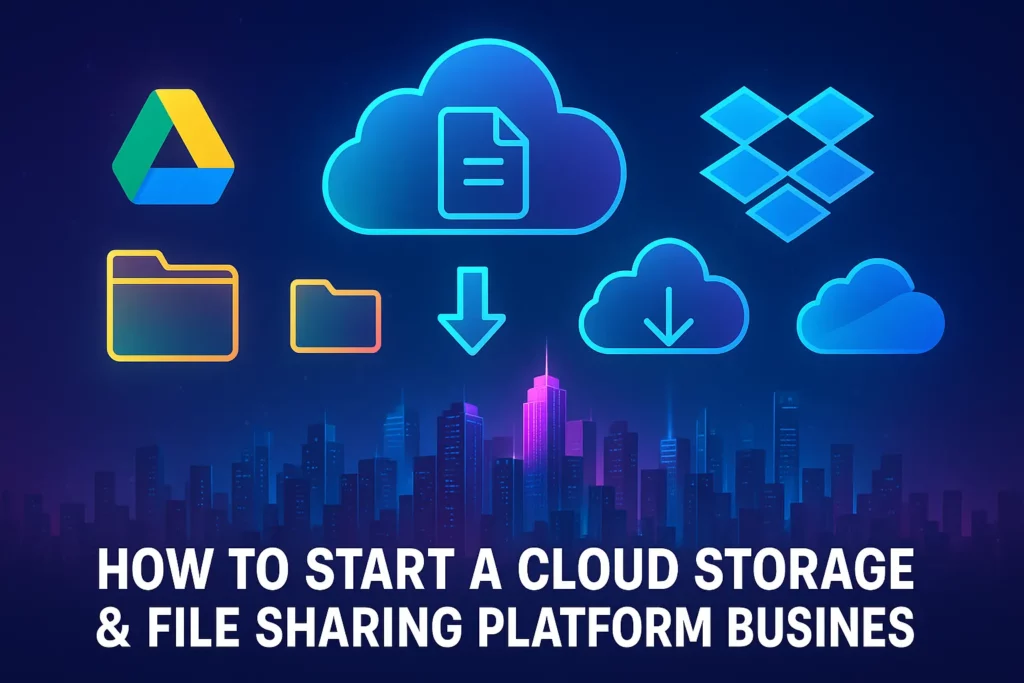Ever had that why-didn’t-I-build-Amazon moment? If you’re an entrepreneur in 2025, chances are you have. E-commerce isn’t just booming—it’s redefining how we shop, sell, and succeed. With online shopping deeply embedded in our daily routines (yes, even for midnight cravings), e-commerce apps are more relevant than ever. But here’s the catch: building one isn’t just about stacking features. It’s about building experiences.
Take it from me. I tried ordering groceries last week and the app crashed just as I added avocados to my cart. End result? Guac-less tacos and a promise to never use that app again. That one glitch cost them a repeat customer. Moral of the story? Your app better work like a charm—or say goodbye to your users.
This blog is your go-to guide if you’re itching to build an e-commerce app that doesn’t suck. We’re talking intuitive design, snappy performance, killer product discovery, and yes, the holy grail: seamless checkout. Plus, we’ll dish on the FreshDirect Clone—a real-world grocery delivery app template that’s turning heads for all the right reasons.
Stick around. We’ll cover everything from tech stack choices to monetization hacks. By the end, you’ll know what separates the top dogs from the app store flops.

What Drives the Demand for E-commerce Apps?
The pandemic may have sparked the fire, but consumer expectations are what keep it blazing. People want speed, convenience, and personalization. In 2025, this translates to apps that remember your taste in cereal, recommend restocks, and let you buy in under 60 seconds. No small ask.
The rise of AI and hyperlocal delivery has only raised the bar. Features like voice search, predictive carts, and same-day delivery aren’t optional anymore—they’re expected.
The FreshDirect Clone: A Real-World Use Case
Let’s talk about the FreshDirect Clone. This app mimics the core features of FreshDirect—an online grocery platform that delivers fresh produce, pantry items, and household essentials right to your door. Think of it as your digital supermarket.
Key Features:
- Real-time inventory updates
- Order scheduling and tracking
- Multi-payment gateway support
- User, delivery, and admin dashboards
What makes it special? It’s modular, scalable, and easy to customize for other niches like pharmacy delivery or meal kits. For developers, it’s a shortcut. For businesses, it’s a time-saver.
Planning Your E-commerce App: Where to Begin
Start with the user. Who’s your ideal customer? What are their pain points? Build your feature list around those insights.
Must-Have Features:
- Onboarding and user registration
- Product listing and smart filters
- Cart and checkout flow
- Payment and refund management
- Push notifications
- In-app support or chat
Don’t forget about backend stuff like CMS, analytics, and order management tools. A snazzy frontend is pointless if your backend breaks every time traffic spikes.
Tech Stack Choices That Matter
Frontend: React Native or Flutter (hello cross-platform)
Backend: Node.js, Python (fast and flexible)
Database: PostgreSQL, MongoDB
Cloud: AWS, Google Cloud
Payments: Stripe, Razorpay
These are battle-tested combos used by top e-commerce apps. Choose based on your team’s comfort and app complexity.
UI/UX: The Secret Sauce
Clean design wins. Users shouldn’t need a manual to find the “Buy Now” button.
Tips:
- Use large, tappable buttons
- Keep navigation intuitive
- Don’t overload the homepage
- Add subtle animations for delight
Challenges and Pitfalls
Ah yes, the scary stuff. Scaling too fast, underestimating infrastructure needs, skipping QA—these are startup killers.
Then there’s customer trust. One payment glitch or missing order and your ratings nosedive. Don’t skimp on testing and security.
Also, content moderation and fake reviews are still a big headache. Build tools to auto-flag shady activity.
Conclusion: Wrapping It All Up
Building an e-commerce app in 2025 isn’t just a tech project—it’s a business lifeline. People want fast, frictionless, and fun shopping experiences.
Take cues from platforms like the FreshDirect Clone, leverage the right tech stack, and focus on usability above all. Do that, and you won’t just build an app. You’ll build loyalty.
Future? Expect more voice-enabled search, AR try-ons, and personalized AI shopping assistants.
Ready to build? Contact us to get started.
FAQ:
Q1. What is the cost of developing an e-commerce app?
Depends on features, but expect anywhere from $10,000 to $100,000.
Q2. Which tech stack is best for e-commerce apps?
React Native for frontend, Node.js or Python for backend, Stripe for payments.
Q3. What makes the FreshDirect Clone a smart choice?
It’s ready-made, easy to customize, and perfect for grocery delivery startups.
Q4. How long does development usually take?
With a clone, 4–8 weeks. From scratch? Could be 3–6 months.
Q5. Is it better to go native or cross-platform?
Cross-platform (like Flutter) saves time and money for most startups.
Q6. How do I market my e-commerce app?
Start with influencer outreach, paid ads, and SEO-rich content.







